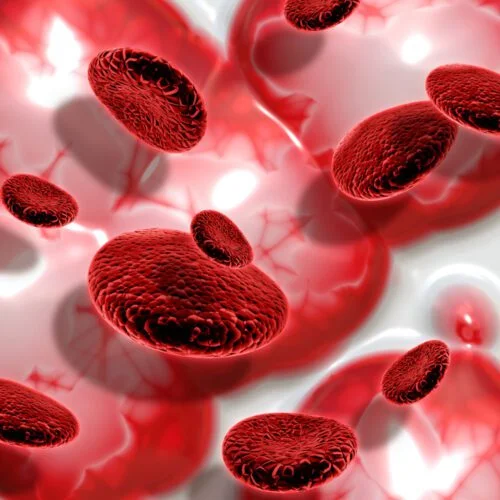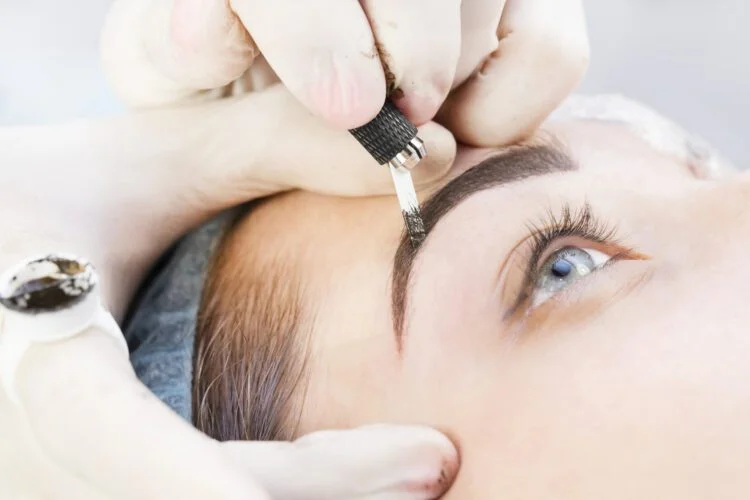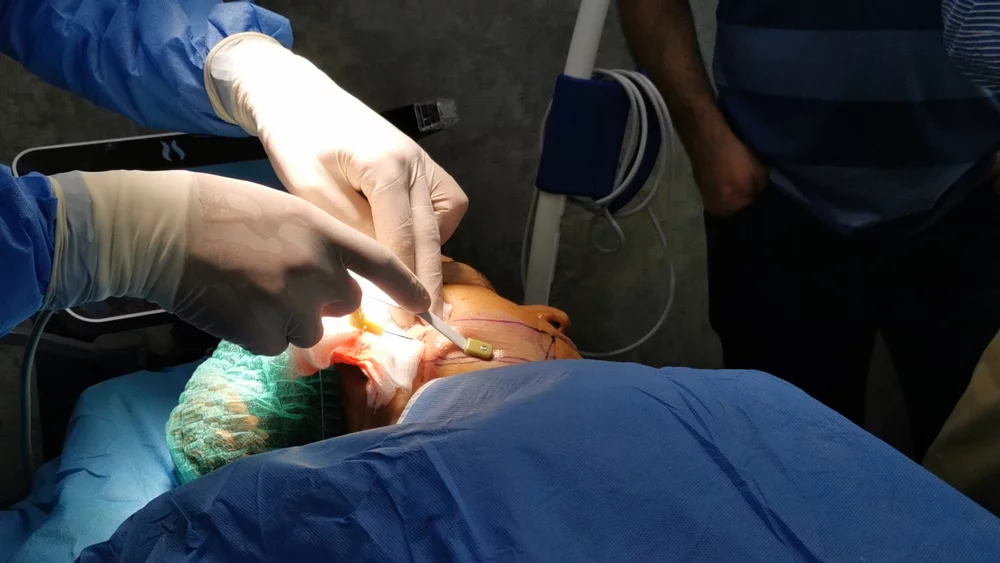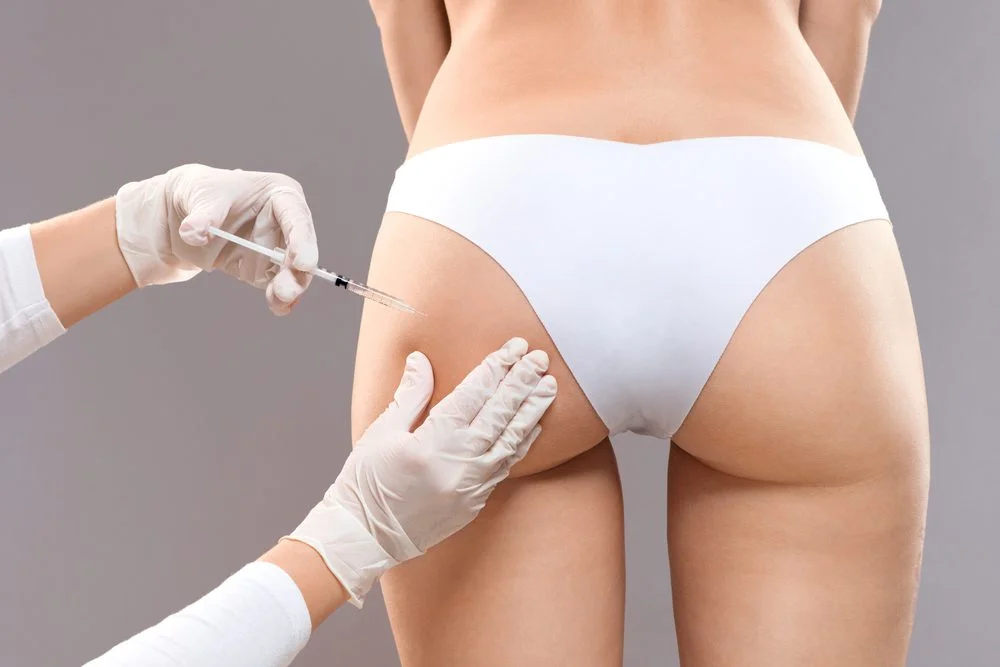One of the therapeutic methods is myofascial release, which is concentrated on its relaxing and loosening effect on the fascia, one of the tissues, which encompasses muscles, bones, and internal organs. This painless treatment allows working with specific regions of a body with the purpose of lessening constriction and encouraging rest via facilitating the discharge through delivering drawn-out moderation of pressure.
Although the myofascial release is deemed as a safe intervention and it is quite effective, sometimes a patient may encounter bruising or discoloration of the treated areas after a session. In the current article, the causes of bruising following myofascial release, its normalcy, and the measures that can be used to reduce this side effect will be studied.
What is bruising?
Bruising (or contusion) describes the pink, damaged blotch under the skin that is the result of a trauma or an injury. Small blood vessels known as capillaries can rupture when force is exerted on the body leading to bleeding of the blood into the surrounding tissue.
This makes it a typical bruise that usually appears red or purple and tends to alter in color as the body destroys and utilizes the spilt blood.
Bruise is a normal reaction to healing mechanisms by the body and it usually goes away naturally after two weeks. Severe bruising or frequent unexplained bruising can however be symptoms of an underlying condition which needs to be assessed by a healthcare person.
Reasons behind bruising after myofascial release.
The causes of bruising post-myofascial release could be multiple as this is a manual therapy method applied to eliminate muscle tension and pain. The reasons may be different: depending on a person, the technique, and so on. This is how it could be explained:
1. Increased blood flow.

Myofascial release involves applying pressure to specific areas of the body to release tension in the fascia (connective tissue surrounding the muscles). This pressure can stimulate blood flow to the area, leading to increased circulation. As a result, tiny blood vessels called capillaries may rupture, causing bruising.
2. Fragile blood vessels.
Some individuals may have naturally fragile or weakened blood vessels, making them more susceptible to bruising. The pressure exerted during myofascial release can cause these delicate vessels to break, resulting in bruising.
3. Intense pressure or aggressive techniques.
If the therapist applies excessive pressure or uses aggressive techniques during myofascial release, it can cause tissue trauma. This trauma can damage blood vessels, leading to bruising.
4. Pre-existing conditions.
Individuals with certain conditions, such as blood clotting disorders or fragile skin, may be more prone to bruising during myofascial release. These conditions can make their blood vessels more susceptible to rupture, resulting in bruising.
5. Medications.

Some medications, such as blood thinners or antiplatelet drugs, can interfere with the clotting process and increase the likelihood of bruising. If someone is taking these medications, they may bruise more easily during myofascial release.
6. Individual’s response.
Each person’s body reacts differently to manual therapies. Some individuals may naturally have more sensitive or reactive skin, making them more prone to bruising even with gentle pressure during myofascial release.
| 💡 Tips Verywel Fit.com It is important to note that while bruising can occur after myofascial release, it is generally considered a temporary and benign side effect. However, if the bruising is severe, accompanied by excessive pain, or persists for an extended period, it is advisable to consult with a healthcare professional for further evaluation. |
Steps can be taken to minimize this side effect.
There are several steps that can be taken to minimize the side effect of bruising after Myofascial Release. These steps include:
1. Communication with the therapist.
It is important to communicate with the therapist about any concerns or past experiences with bruising. They can adjust the pressure and technique accordingly to minimize the risk of bruising.
2. Gentle pressure.
The therapist can apply gentle pressure during the Myofascial Release session. This can help in avoiding excessive force that may lead to bruising. It is crucial to find a balance between releasing tension and applying too much pressure.
3. Gradual progression.
The therapist can gradually increase the intensity and duration of the Myofascial Release sessions over time. This allows the body to adapt and reduces the chances of bruising.
4. Proper warm-up.
Prior to the Myofascial Release session, it is recommended to warm up the muscles and tissues. This can be done through gentle stretching or light exercises. A warm-up helps in preparing the tissues for the release, making them more pliable and less prone to bruising.
5. Hydration.
Staying hydrated before and after the Myofascial Release session can help in maintaining the health of the tissues. Well-hydrated tissues are less likely to bruise compared to dehydrated ones.
6. Ice therapy.

Applying ice to the treated area after the session can help in reducing inflammation and minimizing the risk of bruising. Ice packs or cold compresses can be used for 10-15 minutes at a time, several times throughout the day.
7. Arnica gel or cream.
Topical application of arnica gel or cream on the treated area can help in reducing bruising and promoting healing. Arnica has natural anti-inflammatory properties and can be found at most health stores.
8. Rest and self-care.
It is important to allow the body proper rest and recovery after a Myofascial Release session. Avoiding strenuous activities and taking care of the body through proper nutrition and sleep can aid in minimizing bruising and promoting overall healing.
| 💡 Tips Verywel Fit.com By following these steps, individuals can minimize the side effect of bruising after Myofascial Release and experience the benefits of this therapeutic technique with reduced discomfort. |
Is bruising normal after myofascial release?
As a rule, bruising following myofascial release does not help to be regarded as normal; however, there are situations when it can take place. The myofascial release is a manual method, which focuses on unblocking tensions and strains in a fascia (receptive tissue which covers and protects muscles).Although one might feel certain discomfort or temporary sore following the treatment, the extensive contusion is not a typical adverse effect. Nevertheless, people with some conditions or medications which alter the clotting of the blood are more susceptible to bruising. Any complaints or concerns about too many bruises should be reported to the medical practitioner carrying out the myofascial release treatment because he/she can then speak to the situation and give the necessary advice.
How long do impact bruises last?
Impact bruises, also known as contusions, vary in terms of how long they last depending on several factors. These factors include the severity of the impact, the location of the bruise, and the individual’s healing process. Generally, impact bruises can last anywhere from a few days to several weeks.
In cases of mild impact, such as a minor bump or a light fall, the bruise may start to fade within a few days. During this initial stage, the bruise typically appears red or purplish in color due to the broken blood vessels beneath the skin’s surface.
As time progresses, the bruise may change to a bluish or greenish hue, indicating the body’s response to the injury. At this point, the bruise might start to feel tender or slightly painful when touched.
For more moderate impacts, such as a more forceful collision or injury, bruises may take longer to heal. The discoloration can persist for a couple of weeks before gradually fading away.
During this time, the bruise may change colors, turning yellow or brownish as the body reabsorbs the blood and gradually repairs the damaged tissues.
In cases of severe impacts, such as strong blows, deep tissue injuries, or fractures, the bruise may last even longer. It is not uncommon for these bruises to persist for several weeks or even months.
In such instances, medical attention may be necessary to ensure proper healing and assess any potential underlying damage.
It is essential to note that individual healing times vary, and some people may experience faster or slower recovery rates. Factors such as age, overall health, and the body’s ability to repair itself can influence the duration of impact bruises.
To aid in the healing process and reduce the duration of impact bruises, individuals can follow certain practices. Applying a cold compress or ice pack to the affected area immediately after the injury can help reduce swelling and minimize the size of the bruise.
Elevating the injured limb or area can also assist in reducing blood flow to the bruised area. Additionally, over-the-counter pain relievers and topical creams may help alleviate discomfort and expedite the healing process.
In cases where impact bruises do not heal within a reasonable time frame, worsen, or are accompanied by severe pain, it is crucial to seek medical attention. A healthcare professional can evaluate the bruise, rule out any underlying conditions or injuries, and provide appropriate treatment or guidance to promote healing.
Does bruising hurt healing?
Bruising does not directly impede the healing process, but it can cause some discomfort and delay in the healing time. When an injury occurs, blood vessels may rupture, leading to the accumulation of blood beneath the skin, resulting in a bruise.
While the body naturally reabsorbs this blood over time, the presence of a bruise can cause tenderness, pain, and swelling around the affected area. This discomfort might limit movement and make it difficult for the body to fully heal.
However, once the bruise starts to fade and the blood is reabsorbed, the healing process can resume its normal course. Therefore, while bruising itself does not directly hinder healing, it can cause temporary discomfort and potentially delay the overall healing time.
Frequently Asked Questions.
Massaging a bruise can help increase blood flow and reduce inflammation, promoting faster healing and alleviating pain.
Yes, bruising is a normal side effect after muscle scraping.
No, muscle scraping should not cause bruising.
Yes, it is normal to experience bruising after wood therapy. The suction and pressure applied to the skin during the treatment can cause temporary discoloration or bruising.
Yes, fascia blasting can cause bruising as it involves applying pressure to the fascia, which can result in minor injuries to the blood vessels.
You may get bruises after a massage due to the release of tension and increased blood flow, which can cause small blood vessels to burst and result in bruising.
Bottom Line.
bruising after Myofascial Release is a common side effect that may occur due to the release of tension and toxins within the muscles and fascia. While it can be alarming to see bruising on the body, it is generally a temporary and harmless occurrence. It is important to communicate any concerns or questions with a qualified healthcare provider to ensure a proper understanding of the healing process. Despite the potential for bruising, Myofascial Release remains a beneficial therapy for relieving pain and improving overall muscular function.
How we reviewed this article:
Our team of experts is always monitoring the health and wellness field, ensuring that our articles are updated promptly as new information emerges. See Our Editorial Process
Jun 27, 2025
Written By: Gabrielle Richens
Written By: Gabrielle Richens

 Workout
Workout
 Meditation
Meditation





 Contact Us
Contact Us










